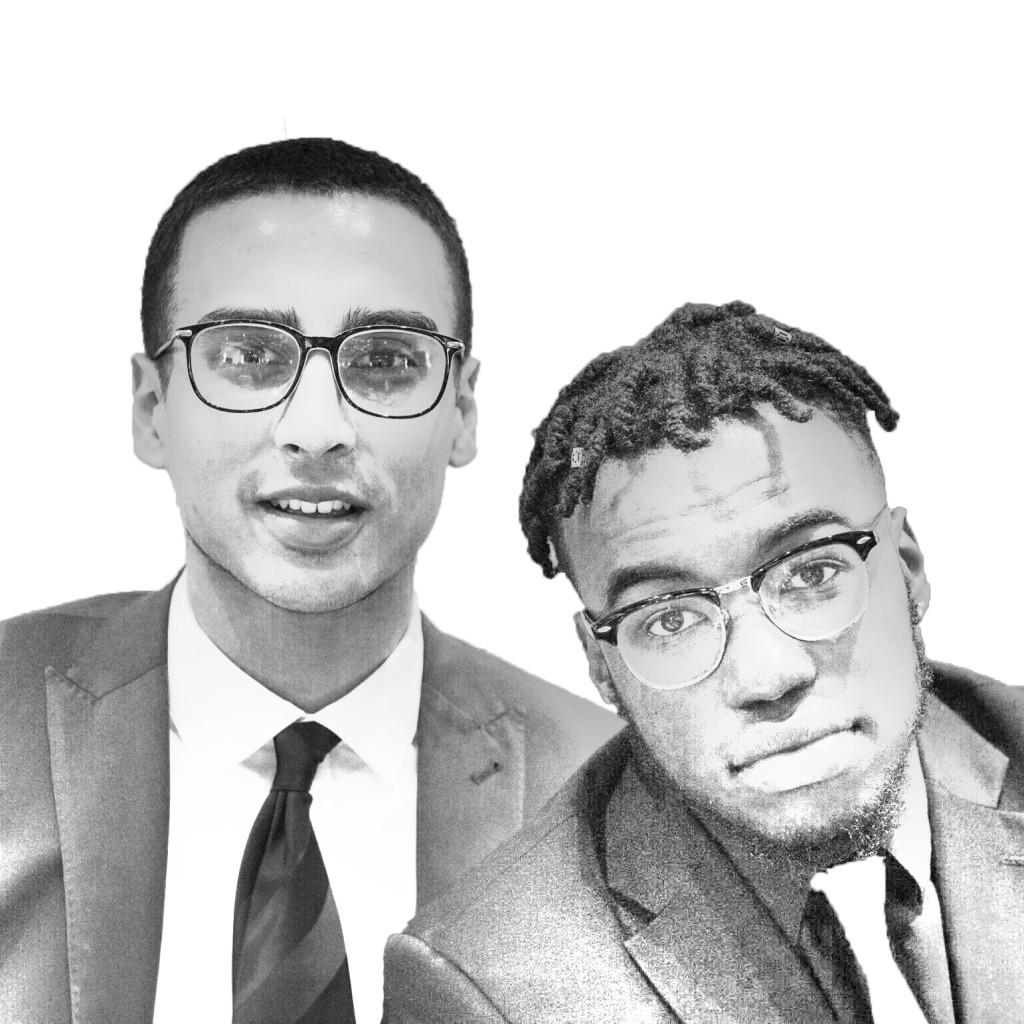The entertainment industry is arguably the most important conduit to understanding unfamiliar points of view. Yet through media depictions of minority groups, we must also acknowledge that these portrayals have contributed to and prolonged systemic and cultural oppression. From D.W. Griffith’s “Birth of a Nation” to Mike Myers’ “The Love Guru,” the stereotypes employed by the entertainment industry have manifested as a desensitization toward ethnic insensitivities, contributing to microaggressions and worse.
Recently, however, entertainment — television in particular — has attempted to illuminate the complex lives of members of minority groups. These efforts seek both to combat cultural stereotypes and to highlight the unique struggles people experience on account of their race, sexual identity, gender or class.
The power of media comes from its ability to engage and inform the audience simultaneously: The best lessons learned are often the unexpected ones. Surely recent shows such as “Dear White People,” “Master of None” and “Atlanta” have succeeded in their own ways. Yet nearly 10 years removed from its series finale, it is “The Wire” that stands as the most relevant — and perhaps most important — onscreen social commentary of the last couple decades.
Focusing on the interactions between Baltimore’s gangs, police force and government, “The Wire” digs into issues including the drug war, police brutality, post-9/11 surveillance culture and the inner workings of government. Our society is navigating a climate wracked by the police shootings of Michael Brown and too many others while attempting to make sense of the administration of President Donald Trump. In this context, the dialogue that “The Wire” creates allows us to better understand the black-white binary, and in particular the relationship between urban America and police forces, which dominates discussions surrounding race.
Over the course of its five seasons, the show addressed many complex, relevant issues: the idea that sometimes the sole difference between low-income drug dealers and high-end government officials is their clothes; the inability of police departments to address police brutality due to political constraints; and how the oft-used Wu-Tang Clan phrase “cash ruling everything” can apply to everyone, regardless of race or class.
Nevertheless, it is the characters of “The Wire” who are perhaps most noteworthy. The show poignantly depicts the complexities of each individual; for example, one is unable to wholly condemn a criminal because of the fact that they are a product of their history, their environment and their treatment by the government. No character is absolved from sin, but no character is wholly loathsome. Do we root for a cop who polices by any means necessary for a seemingly good cause? Do we allow for a politician to use underhanded tactics to benefit the public? These are the questions that we grapple with both in the show and in real life.
The nuances of each character and our fluctuating opinions of them evoke a verisimilitude that is unique to “The Wire.” Our own lives and how we are defined by society are not clean-cut labels; no singular action makes us good or bad. While most entertainment fails to understand this ambiguity, “The Wire” shines because of it.
Above all, the parallels between “The Wire” and our current reality make it important and necessary viewing, especially for Georgetown students who may not fully understand police brutality or the limits of poverty. The show highlights how the combination of dilapidated housing, scarce clean economic opportunities and sub-standard education — all of which are rooted in conscious political choices – can force individuals to prioritize survival over legality. Moreover, its portrayal of poverty in both black and white America highlights the fact that, despite the unique obstacles that black Americans face, many of the plights of poverty transcend race.
“The Wire” reminds us that when it comes to race and class, our society has a long way to go. Our government officials have failed in urban policies. According to Paul Achter, a professor of rhetoric at the University of Richmond, the show depicts how justice and equity are lost in “a culture of fear, machismo and careerism.” The political desire to achieve high arrest stats and low crime rates prevents urban enclaves’ abilities to pursue the constitutional guarantees of life, liberty and the pursuit of happiness; rather, they become relegated to pawns in a game between corporate and political elites. “The Wire” highlights that whether we are in Baltimore, Chicago, Memphis or right here in Washington, D.C., our apathy toward the struggles of those in urban environments only serves to disadvantage these areas.
Though it has been nearly 10 years since “The Wire” went off the air, its themes ring true today, even more so than when the show ended. “The Wire” slices deep into a troubling reality of American life, and its ability to tackle race, poverty, police brutality and government accountability serves as a model for nuanced portrayals of our nation’s issues and should be commended.
Hashwinder Singh and Khendrick Beausoleil are sophomores in the College. Minority Report appears every other Friday.














